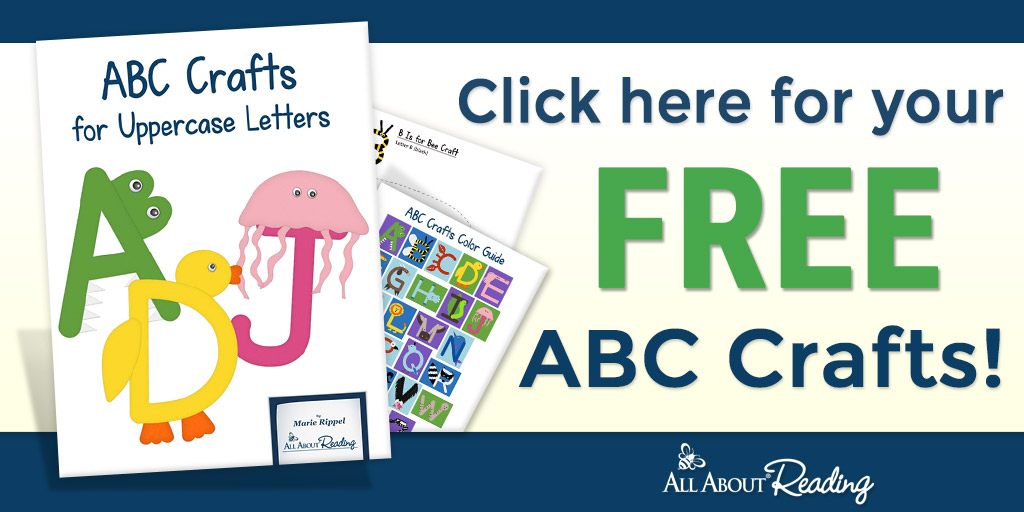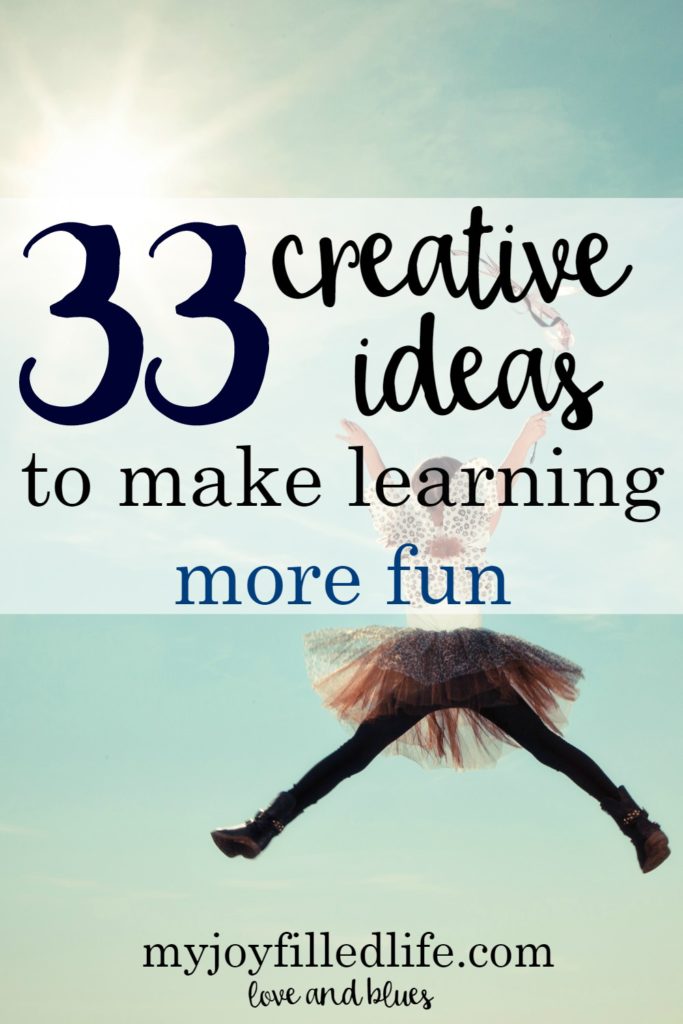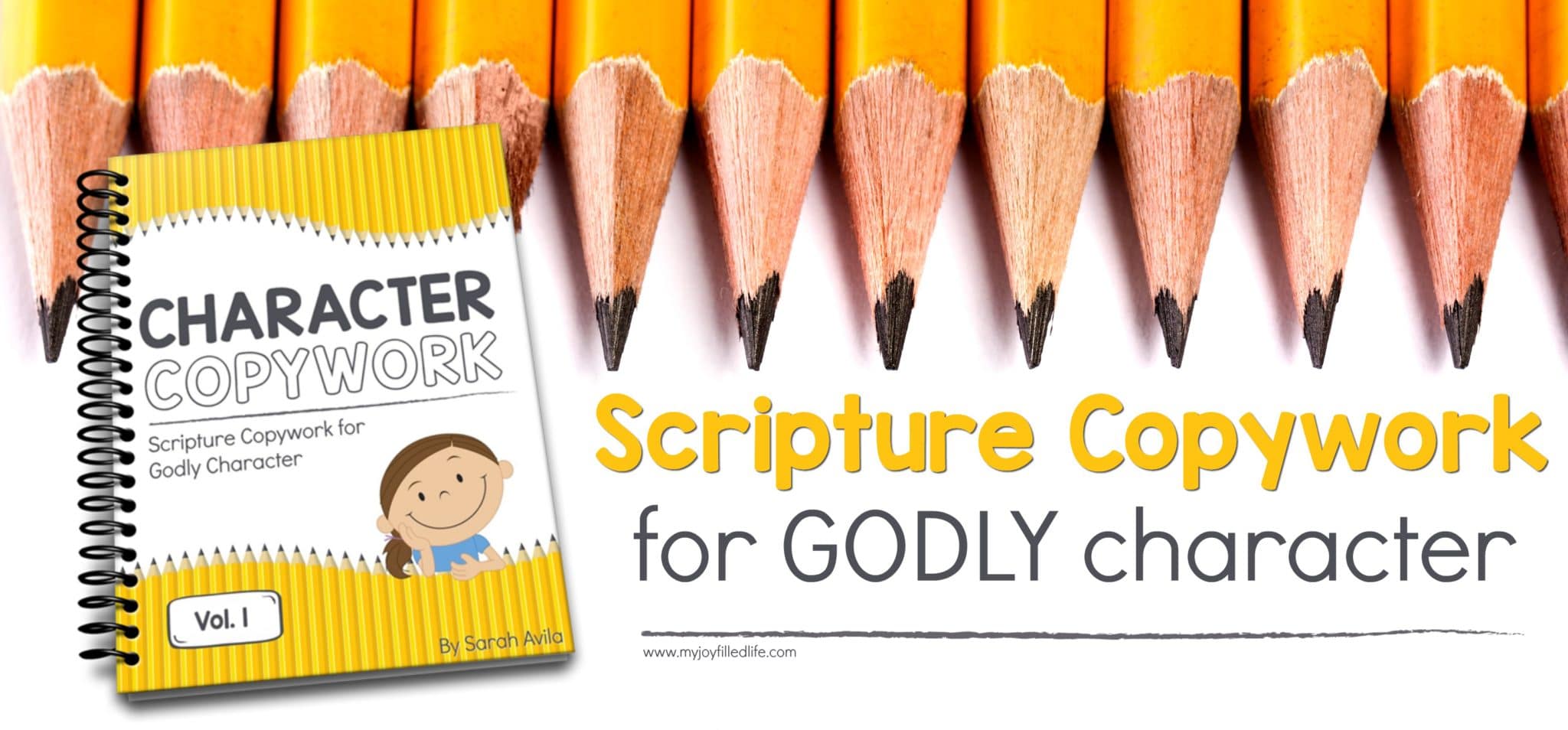One big advantage of being a homeschooling mom is that you have so many more opportunities to make learning fun than a traditional classroom. You don’t have to write a lesson plan that takes into account the needs of 20-30 students – you just have to reach a few, and can even modify lessons to focus on one student at a time.
Now, that’s powerful – why subject yourself to the doldrums of learning from textbooks like you would in a “normal” classroom when there are so many ways you can make learning more fun?
I mean, that’s not to say that textbooks don’t have their place – but if you or your kids are in a homeschooling rut, it might be time to take a different approach to ignite their love of learning.
33 Creative Ways To Make Learning Fun
Math & Science
- Build something according to written plans and put your kids in charge of measuring angles/lengths. This could be something as simple as a birdhouse or as complicated as a play structure.
- Design a clothing pattern, which will require taking measurements and figuring out how those of a 3D body translate to a 2D paper pattern.
- Try out books like This Is Not A Math Book or This Is Not A Science Book, which are combined math/science and art books. Even kids who say they hate math or science could grow to like it when they see the fun, artistic things they can do with it.
- Make something explode – this is a pretty foolproof way to get your kids’ attention. Whether that means making a volcano or building a rocketship, just find a way to make something explode!
- Make cookies! This is the best science experiment ever, and one they may never have considered to be chemistry. You can talk about what each ingredient does in the cake batter when you add it.
- Are your kids interested in animals? Have them plan an exhibit for an animal at the zoo. What kinds of things would they need in terms of food, sunlight, shelter? What’s their natural diet/habitat? Or go outside and observe the animals in your own backyard. You can build a peanut butter bird feeder to attract some birds, or build a bug hotel to attract some bugs.
- For older, more research-savvy kids, you could also have them plan an aquarium exhibit: what fish work well together? What plants would be needed? What kind of lighting/filtration? This might also be a good opportunity for a field trip to your local aquarium to ask the experts.
- Get a book of logic puzzles (or print/solve them for free online). Logic is a skill that crosses all disciplines, but can be particularly useful in the fields of math and science. They’re fun brainteasers that get them thinking what can and can’t be according to different rules. Be warned: they can be addictive.
- Math Magic is a book that got me more interested in math as a kid – and I still use the methods from it to this day, especially in my knitting! It’s useful to know quickly what numbers you can divide into a particular number of stitches, for example – and the idea of math being “magical” might appeal to the most stubborn of kids.
Language Arts
- Get a book of writing prompts like 642 Things To Write About: Young Writer’s Edition, and use it to write short stories.
- Play a writing game. One great idea for 3 or more people is to write combined stories. My family and I used to do this a lot. We’d each start writing a story and have 30 seconds to write, then we’d rotate papers, set the timer for another 30 seconds, and keep going for a set number of swaps, at which point we’d have to finish writing the story. I have fond memories of doing this (and I think it was a contributing factor to me becoming a writer).
- Ask them to take a story they know well and rewrite it with one aspect changed. For instance, how would the story of the three little pigs be different if instead of the antagonist being the big, bad wolf, it was a tiny, irritating mouse?
- Help your kids develop a secret written language. This can be as simple as assigning alternate letters for each letter of the alphabet or using a different symbol for each, or even finding ways to make it more complicated. Also, you could do this separately and try to decode one another’s languages. For more information on this subject, there’s a great guide here.
Geography/Culture Studies
- Learn to make food from another culture… and while you’re at it, find out the traditional way it’s eaten. Do they use different utensils? Or no utensils at all, using their hands instead? Plan to eat your meal the same way.
- Create a free DuoLingo account for whatever language they’d like to learn. You could even sign up for one at the same time and have competitions to see who can get furthest the fastest. They have a lot of different languages to choose from.
- If there’s a particular book or movie they enjoy and have read/watched over and over, try to find a copy of it in a foreign language. It might be a little difficult to come by, but not impossible! Try unusual sources like eBay or Amazon. I did this myself with The Hunger Games.
- A subscription to National Geographic is a great way to get kids involved with the world around them. It’s loaded with facts about science, biology, geography, other cultures, and of course, photography.
- One great way to learn about geography and how maps work is to have your kids draw the map of an imaginary island using elements of a map, like symbols, a key, and a compass rose.
- Alternatively, your kids could draw a map of your house and indicate on the map where “buried treasure” is – say, a few pieces of candy or something.
- Print out a world map (or buy a large copy), and every time you read about a location in a book or magazine article, find it on a map and mark it. See how long it takes before you have a dot in every country!
History
- Study your family history with your kids – or even just the life of one of their ancestors, especially those who they might be named after.
- Help them to discover the impact of certain historical events by asking them to imagine what life might be like if certain ones hadn’t happened, or if they’d happened in different ways. For instance, what would life be like today if the United States hadn’t become its own country, or if the allies had lost in World War II?
- Help kids feel involved with historical events with books like the You Choose books. A few weeks ago I saw these at Barnes and Noble and thought it was so cool that they’d come out with new, historically based ones! For instance, this one is all about the attack on Pearl Harbor – and it has 19 different possible endings! “Living through” historical events in this way and learning about the stories of real people is bound to have a profound impact on their interest in the subject.
- Attend a Renaissance festival (or another historically based event).
- Play a historically based card/board game. One I’m dying to play is the Oregon Trail card game… Which may not be super historically accurate (I haven’t played it yet!) but it’s a great jumping off point to discussing the actual Oregon Trail, and what it took to travel long distances in general before cars.
Arts
- Look up a symphonic poem, like The Danse Macabre or Peter and the Wolf, and help your kids to feel the story behind the music. If you search, there are lots of guides explaining what the music means (like this one for the Danse Macabre).
- You could even have them write their own symphonic poem using a story they’re familiar with. What instruments would they use for different characters, and why?
- Allow kids to play around on instruments without rules (aside from general health and safety guidelines). I realize this activity might take some earplugs and might not be suitable if you rent your home, but it’s a great way for kids to become familiar with the limitations and abilities of an instrument in a fun way.
- Let your kids choose a famous painting, like Van Gogh’s Starry Night, to copy. What kinds of materials, brush strokes, skills are needed? If, hypothetically, they were an art thief and wanted to closely replicate the original, what types of materials would they need?
- Help them start an art journal: journaling is a great thing for kids, even if they only write a sentence a day… and for particularly artistic-minded kids, it could be a great stress reliever. It could even be used as a fact-a-day journal, kind of the “learn something new every day” idea. It could be fun!
All Subjects
- Meet experts in different subjects. Seeing others who have devoted their lives to working in specific fields may inspire them to learn more about that subject.
- Be as hands-on as possible. Kids (and adults!) learn best the more invested they are in a subject – and it’s hard to be fully invested when you’re learning from books.
- Share your own excitement about learning. When you learn a fun fact, share it with your kids! Nothing will help them get more excited than their parents’ example.
What these largely boil down to is – don’t make learning a chore. Nobody loves chores – so instead of making learning something to be checked off and completed, let it be a living, breathing, exciting thing.
And this certainly isn’t an exhaustive list – it’s just a great jumping-off point to get you thinking about different ways of teaching your kids!
What’s your favorite thing to learn about?
Leah
Latest posts by Leah (see all)
- 10 Best Educational Apps for Toddlers - April 23, 2025
- 3 Ways To Teach Little Kids About First Responders - April 23, 2025
- 3 Ways To Develop Positive Body Image In Children - April 23, 2025
- 33 Creative Ideas To Make Learning More Fun - April 23, 2025
- 3 Reasons to Study Genealogy With Kids (And How To Get Started) - April 23, 2025






Leave a Reply